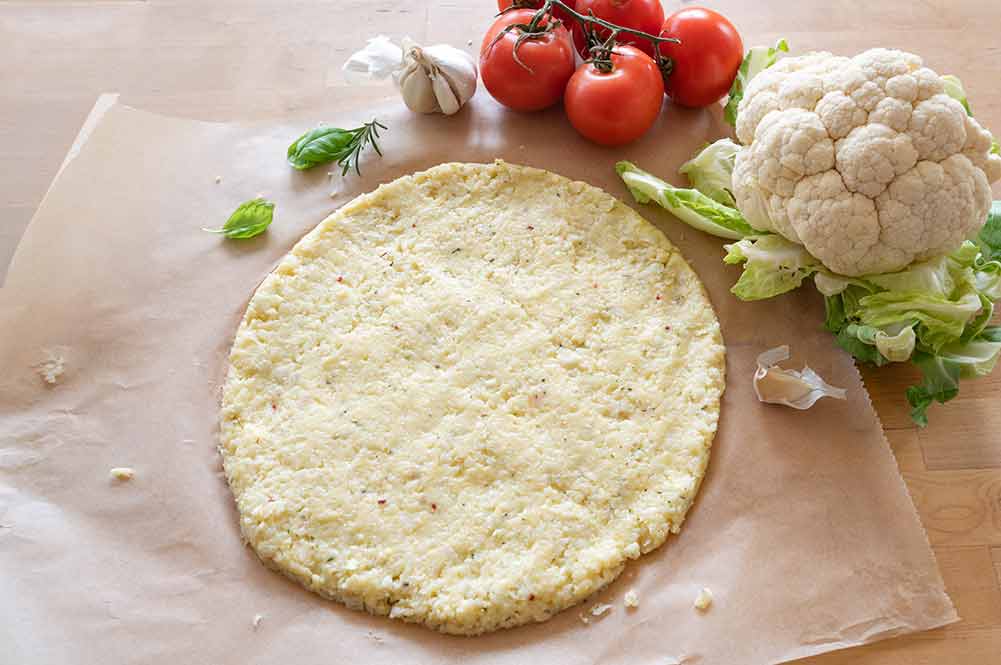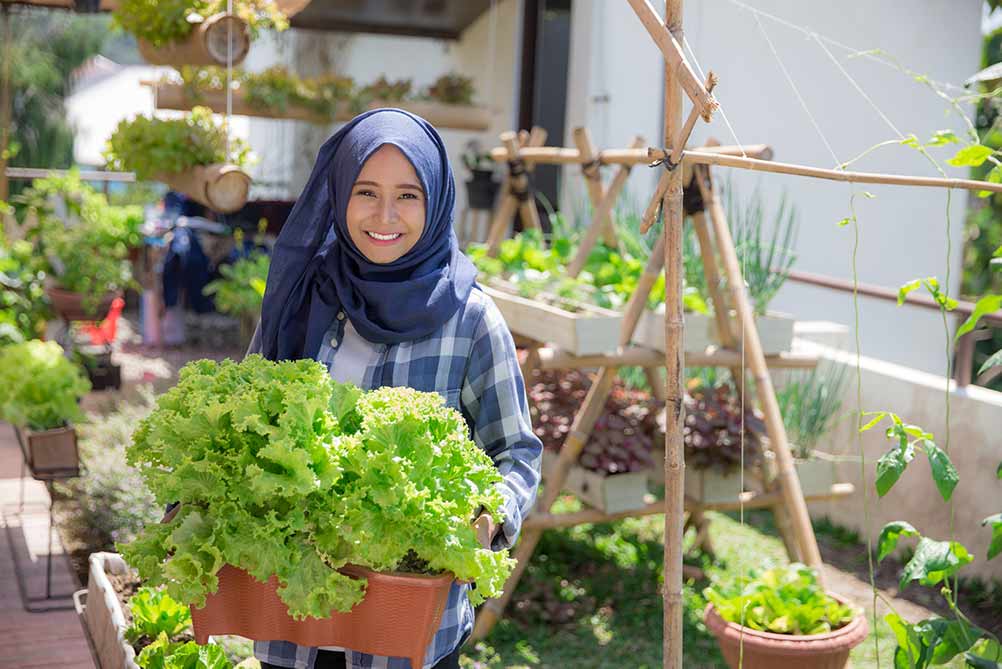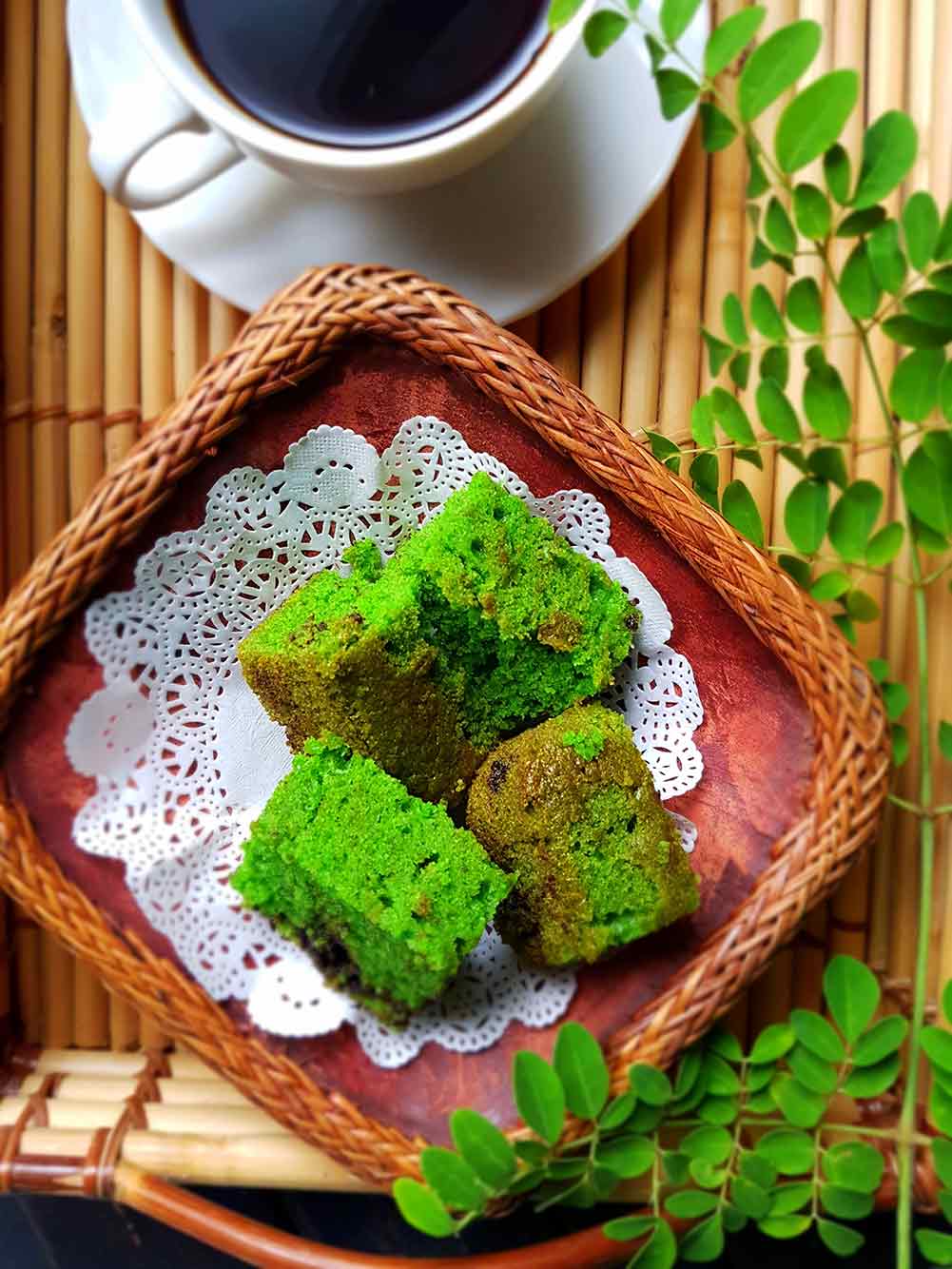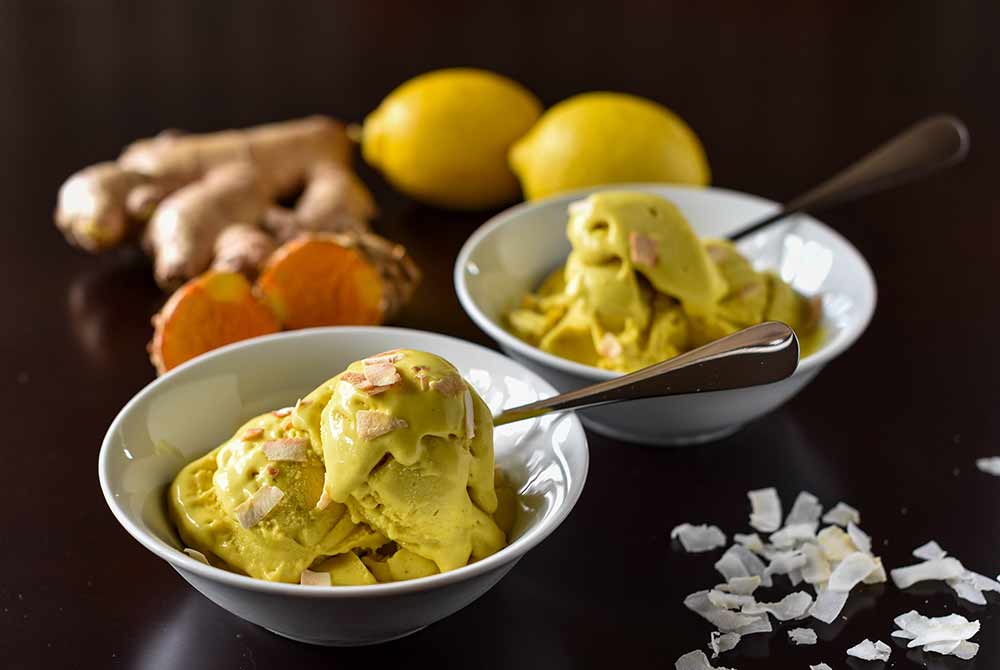The pandemic has transformed the way we eat. Annual food trends that go viral on social media influence our food choices and it is a fad that’s here to stay. Though no one could have predicted 2021's obsession with 'pull-me-up' cakes and air-fired everything, every year I like to guess what food trends the coming year holds.
The food trends of 2021 leaned towards an overall goal of better health and aesthetics. From cooking styles to star ingredients many items including flexitarian diets, pantry meals, almond flour, nut butters etc. became a permanent part of the culinary landscape in 2021. Here's our prediction for the culinary world at the start of 2022.
Carb Alternatives

Keto brought back low-carb eating in a big way, but it won’t be the only option for the food trends in 2022. The best way to cut carbs from your diet is to make creative substitutions. With the rise in carb alternative products, especially with cauliflower leading the pack in things like pizza crust and gnocchi, zucchini replacing pasta sheets in lasagna, and oatmeal replacing flour in pancake mixes it has never been easier to stick with low-carb diets. With versatile ingredients replacing rice and flour-based recipes, you will no longer have to give your favourite dishes a miss in 2022.
Elevated Confection

Traditional desserts are being elevated into more sophisticated formats and being deconstructed to keep up with Pinterest-worthy aesthetics. Desserts are becoming a form of art on their own with new innovations and trends from around the world. Trying to find the fanciest desserts in the city is one of the most searched on Google while looking for a new restaurant.
Smaller menus

Pre-Pandemic, restaurant-goers were often met with bulky menus, and confusing lists of choices; but since restaurants have opened up post lockdown, we’ve seen restaurants cut down their menus, and we think the trend this is here to stay. Focus on quality than variety is what people are looking for. Give us comfortable, familiar choices, and better food!
Urban Farming

Attend a food conference today and in all likelihood there will be a session on urban farming. This rapidly growing trend has become a way to increase access to locally grown food and a way of reintroducing the public to food that we have lost as a culture. Urban agriculture, urban farming, or urban gardening is the practice of cultivating, processing, and distributing food in or around urban areas through backyard gardens, street landscaping, forest gardening, greenhouses, rooftop gardens, green walls, and vertical farms.
Non-Alcoholic Beverages

The biggest trend in bars are drinks without booze and we aren’t just talking about the ignored mocktail menu, but inspired delicious drinks that are experimental with ingredients and flavours. Lots of people are withdrawing from alcohol or just trying consuming it on special occasions only. We’ve already seen market towards this very crowd, and with happy hour struggling during the pandemic, people are spending less time drinking.
Say Hello To Moringa

Every year, a new ingredient (that’s technically been around for ages) makes its way into our daily orders and culinary creations. Moringa oleifera, also known as horseradish tree because of the pungent, bitter flavor of the roots, is a tree native to India, Pakistan, and Nepal. Moringa leaves have plenty of nutrients, and these fast-growing, drought-resistant trees have been used as a source of food to fight malnutrition in certain parts of the world. Gaining steam as Matcha’s latest alternative, it can be found in powder form and added to make magic in smoothies, sauces and baked goods. It’s also showing up in unexpected products like frozen desserts, protein bars and packaged grain blends.
The Surprise Ingredient – Turmeric

The golden spice, has been used for centuries in Ayurveda and traditional Chinese medicine, and is still used in Indian cuisine. While turmeric milk lattes and turmeric supplements are already present in the market, the spice is taking centre-stage in cereals, desserts, plant-based ice creams, and even grills and bbq.
Ghost Kitchens.

A ghost kitchen is a commercial kitchen set up to cook and prepare food only for delivery. The global ghost kitchen industry is expected to grow more than 12 percent each year to be worth some $139.37 billion by 2028, according to a report by Researchandmarkets.com. Online food ordering traffic has grown 300 per cent faster than traditional dining (thanks to the pandemic) in the past few years, and it’s only going up from there.
Potato Milk

A surprising new product is all set to enter the fray of vegan milk options. Potato milk is supposed to achieve the same milky white look and texture of dairy and other vegan milks, but without the environmental costs. It is also said to be perfect for individuals with common allergies and dietary restrictions, since it's free of nuts, gluten, soy, and animal products. You can make it yourself with this a simple recipe, which calls for only five ingredients and includes boiling potatoes, blending the potato water with other ingredients, and then straining the mixture through a cloth.
Japanese Flavours

Japanese food has become one of the fastest growing cuisines and we predict this to continue. The cuisine is enjoying a new wave of popularity as more consumers embrace healthy eating options and look beyond traditional dining choices. The traditional ramen has become comfort food for many in India. Another Japanese ingredient gaining popularity is yuzu, a citrus fruit with a very distinct flavour and aroma that you just can’t get from lemon or limes. Yuzu’s juice and peel are widely used to flavour and colour dishes in Japanese cuisine. Next time you’re at a Japanese restaurant, chances are that yuzu is featured in several courses, ranging from appetizers to desserts.